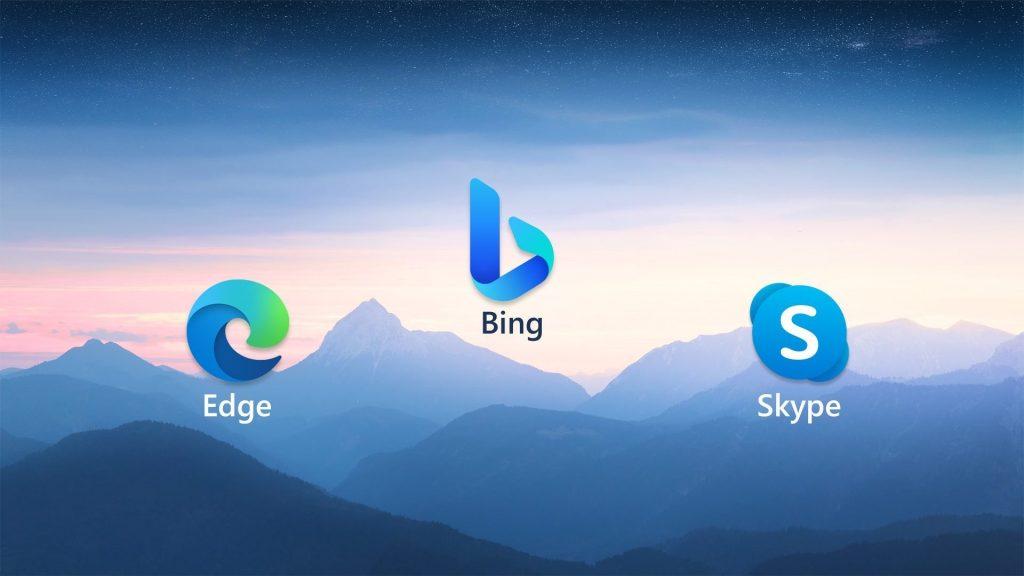In a compact room, a drone, bipedal robot, supermarket checkout, and various other devices present a vision of China’s software future—one where Huawei’s Harmony operating system has supplanted Windows and Android. This display is part of the Harmony Ecosystem Innovation Centre in Shenzhen, a government-backed entity promoting the development of software using OpenHarmony, the open-source version of Huawei’s operating system. Huawei launched OpenHarmony five years ago after U.S. sanctions cut off support for Google’s Android.
While Huawei’s recent popular smartphone launches have drawn attention for potential advancements in China’s chip supply chain, the company has also been quietly building expertise in critical sectors. This effort aligns with Beijing’s goal of achieving technology self-sufficiency, from operating systems to in-vehicle software. President Xi Jinping emphasized the importance of localizing technology as the U.S. tightens restrictions on exporting advanced chips and other components.
OpenHarmony is now being promoted as a “national operating system” in China, addressing concerns that other major companies might lose access to Microsoft’s Windows and Google’s Android. This strategic move could diminish the market share of Western operating systems in China as local products gain popularity. In early 2024, Huawei’s HarmonyOS surpassed Apple’s iOS to become the second best-selling mobile operating system in China, following Android.
Although HarmonyOS has not been launched on smartphones outside China, it is expected to drive the adoption of OpenHarmony, especially as Huawei plans to release a PC version soon. Richard Yu, chairman of Huawei’s consumer business group, highlighted Harmony’s potential as a foundational operating system for China’s devices at a recent developer conference. Huawei has not provided further comments on the matter.














